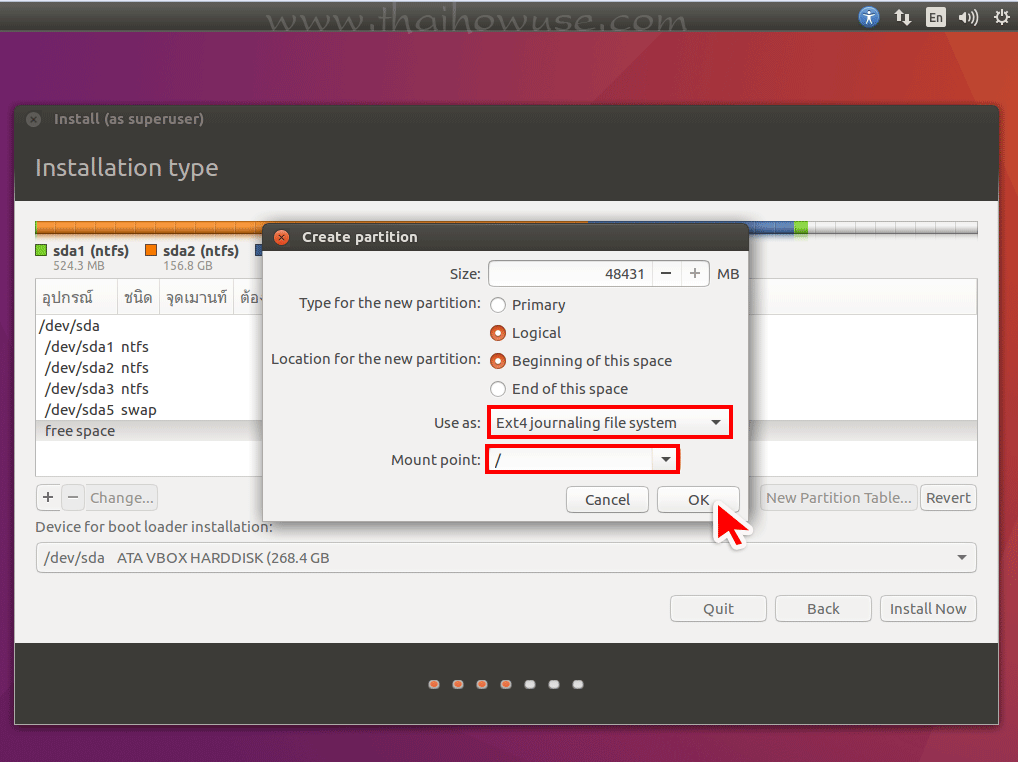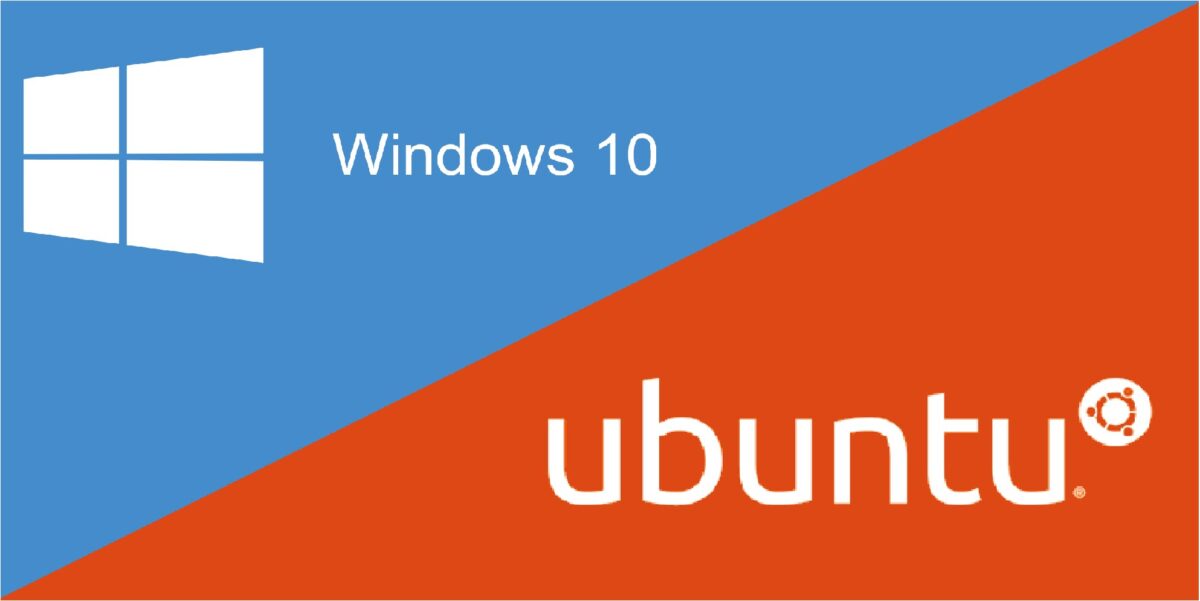


Startup memory and minimal memory should be equal to or greater than the amount of memory that the distribution vendor recommends.Īpplications that tend to consume the entire available memory on a system are limited to consuming up to 80 percent of available RAM. To install the Azure-tuned kernel on 16.04, 18.04 and 20.04, run the following commands as root (or sudo): # apt-get updateĭynamic memory support is only available on 64-bit virtual machines.ĭynamic Memory operations can fail if the guest operating system is running too low on memory. On long term support (LTS) releases use latest virtual Hardware Enablement (HWE) kernel for up to date Linux Integration Services. Live backup operations can fail silently if the virtual machine has an attached iSCSI device or direct-attached storage (also known as a pass-through disk). If there are open file handles during a live virtual machine backup operation, then in some corner cases, the backed-up VHDs might have to undergo a file system consistency check ( fsck) on restore. If LUN 0 has not been populated, a Linux virtual machine might not be able to mount fiber channel devices natively. While using virtual fiber channel devices, ensure that logical unit number 0 (LUN 0) has been populated. To ensure smooth functioning of static IP injection, ensure that Network Manager is turned off completely or has been turned off for a specific network adapter through its ifcfg-ethX file. Static IP injection may not work if Network Manager has been configured for a given Hyper-V-specific network adapter on the virtual machine. A mismatch doesn't indicate that the built in LIS is out of date. The kernel module version numbers for the built in LIS (as shown by lsmod, for example) are different from the version number on the Microsoft-provided LIS download package. The Microsoft-provided LIS download package doesn't work for this distribution, so don't install it.

Table legendīuilt in - Linux Integration Services (LIS) is included as part of this Linux distribution. The known issues and workarounds for each distribution are listed after the table. The following feature distribution map indicates the features in each version. Applies to: Windows Server 2022, Azure Stack HCI, version 20H2 Windows Server 2019, Hyper-V Server 2019, Windows Server 2016, Hyper-V Server 2016, Windows Server 2012 R2, Hyper-V Server 2012 R2, Windows 10, Windows 8.1


 0 kommentar(er)
0 kommentar(er)
